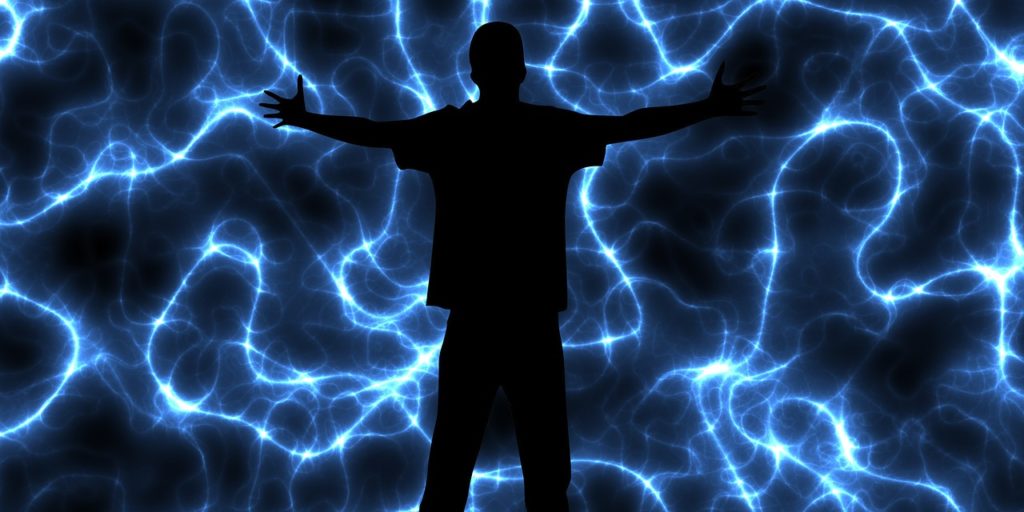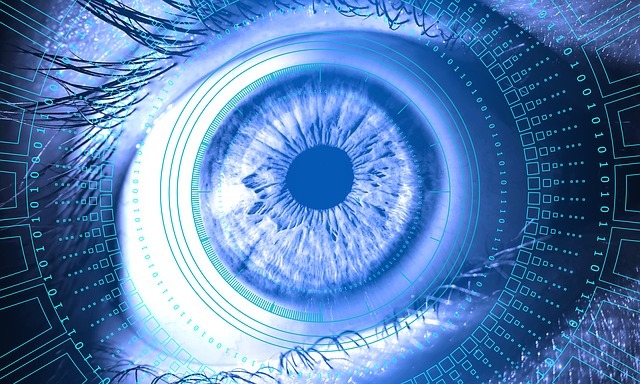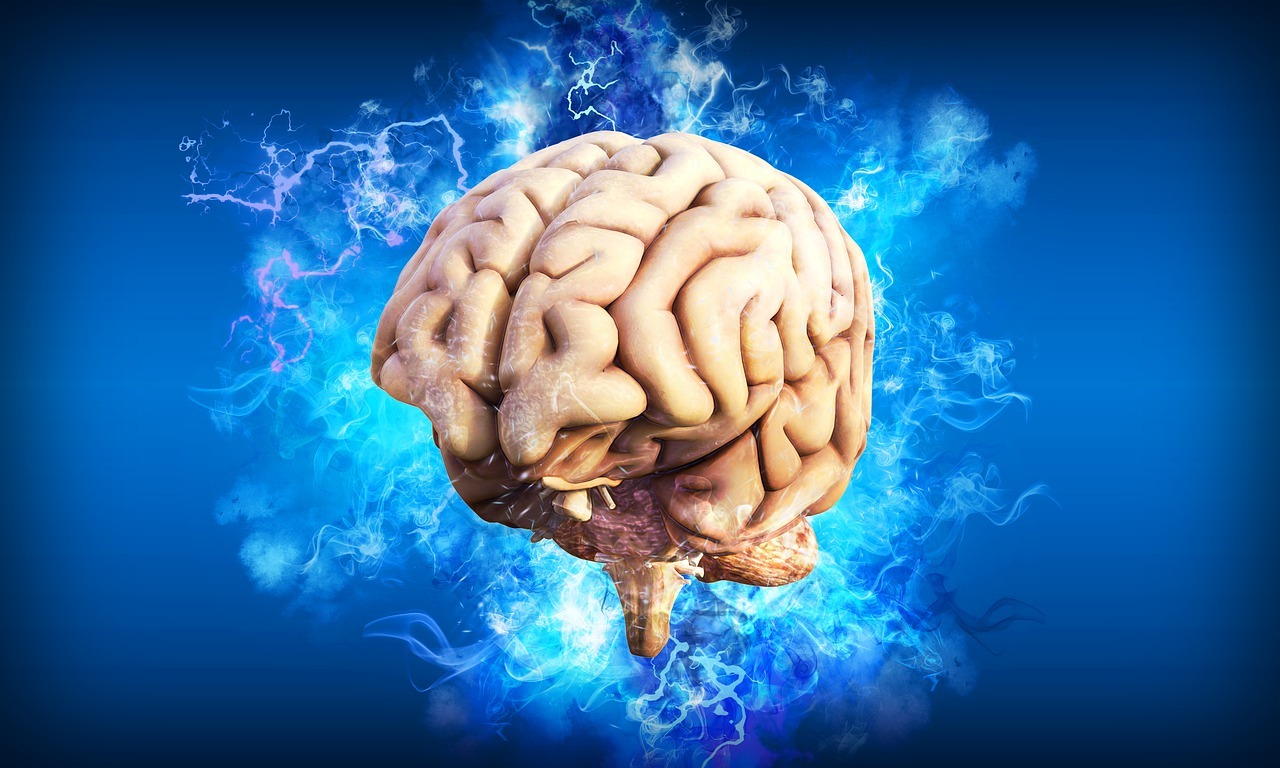Augmented Reality in clinical psychology and psychotherapy
In the last decades augmented reality approach has broadened its application in clinical and health psychology. This technology has been used to treat several mental disorders, for instance: phobias, stress-related disorders, depression, eating disorders, and chronic pain. The importance of AR for the mental health field comes from three main concepts:
· AR as an imaginal technology, people can feel “as if they are” in a reality that does not exist in external world
· AR as an embodied technology, the experience to feel user’s body inside the virtual environment
· AR as connectivity technology, the “end of geography”.
We are going to explore the opportunities provided by AR as a technology improving people’s quality of life.

Psychology and psychotherapy: from a traditional approach to innovation
Clinical psychology is an integration of science, theory, and clinical knowledge for the purpose of understanding, preventing, and relieving psychologically based dysfunction and promoting well-being and personal development. Practical part of it is based on psychological assessment, clinical formulation, and psychotherapy, although clinical psychologists also engage in research, teaching, consultation, forensic testimony, and program development and administration.
As we live in digital era, the picture of clinical psychology has changed. The massive innovation of Information and Communication Technologies (ICTs) has brought a revolution to the view of psychology and most importantly the way how psychotherapists work. Especially, the application of augmented reality (AR) has given an important contribution to mental health.
In the last decades, an increasing number of studies have shown the implications’ importance of the ICTs use for treating several disorders. Initially, most of those studies have focused on treating anxiety disorders, phobias, posttraumatic stress disorder (PTSD), eating disorder, addiction to nicotine/alcohol. Furthermore, AR technology have been used not only for clinical intervention but also for promoting healthy and slow lifestyle, for instance, stress reduction, oncology treatments, or pain management. In all these studies, the ICTs use has supported psychotherapists in its best possible way.
Thanks to the technological assets of AR, it is possible to enlarge the world around us thus facing specific phobia with just a mobile application. But for professionals, it is not always an easy work because the use of ICTs usually implies that psychologists have to open their mind and co-work with engineers and other professionals who have different backgrounds.
Psychologists and engineers have to find a way to cooperate and to integrate their knowledge, a cooperation that till now has changed society exponentially.

What is
cybertherapy?
Cybertherapy is the psychology branch that uses ICTs to evoke clinical change. It is also defined as the use of advanced technologies, such as augmented reality, as an adjunct to traditional form of therapy. Cybertherapy is quickly becoming an accepted and validated method for the treatment of many different health care concerns. It happens because technology supporting “cybertherapy” provides visual and auditory stimulus that may be difficult to generate otherwise. E-therapy approach allows the patient to engage in treatment without having to accommodate the office appointment, often reducing other limitations brought in face-to-face treatment.
The main advance of online therapy among the others is that it can reach people who might not otherwise seek therapy, such as disabled people or those who live in remote areas. Notify that it also reduces the contact time between therapist and patient.
Augmented
reality in cybertherapy
AR is a technology which includes a combination of both: real and virtual elements. The most significance aspect of AR is that the virtual elements add relevant and helpful input to physical information available in the real world. User can see images that blend both “real-world elements” and “virtual elements”. User experience is enhanced, he keeps feeling inside the “real” world and most importantly the user can see their own body in context.

There was a particular study developed: AR-cockroaches system. It used computer vision techniques in order to obtain the position and orientation of the camera with respect to markers. When the camera found a marker in the real world, the program recognized it and activated the feared virtual environment (cockroach). The virtual insect that virtually appears in the hands of participants (cockroach in this case) looks real thanks to a peculiar AR technology. The therapist could watch the virtual stimuli presented to participants during the exposure session in the monitor and can control the application using computer keys (number of cockroaches, movement, size, etc.). All of these combined cockroach’s options enable the therapists to apply the treatment progressively. This aspect put focus on the main advantages of AR, experiencing but also the feeling of safety. In AR, it is possible to modify the virtual elements through the participant consent which reduces their rejection for therapy.
AR offers additional advantages: it can provoke great feeling of presence because the environments and the tools with which the participants interact are real. In AR, the users can see their own body in the environment and interact with the fearing stimuli; in addition, the system allows patients to use real elements and their own hands and body to interact with stimuli.
These pioneer studies show that AR can be a very important alternative treatment for phobia and might be useful for other psychological disorders.

A technological revolution in mental health care is approaching. Cybertherapy is quickly becoming an accepted and validated method for the treatment of many different mental disorders. Imagery, embodiment, and connectedness play the keys roles for understanding AR and its potentialities in clinical psychology. In augmented environment, people can experience things they wouldn’t have the possibility to feel in a reality. AR also promotes the experience of feeling user’s body inside the virtual environment (embodied technology).
And now, AR could help users to connect with others and to share experiences (connectivity technology). These characteristics have enormous potential for clinical psychology and improvement of psychological treatments.
Hai ancora sete di ispirazione high-tech?
Leggi
Augmented Reality in Tourism: areas of application
Augmented Reality supporting Education: the future of learning
Vuoi sviluppare il tuo progetto AR? Contattaci
